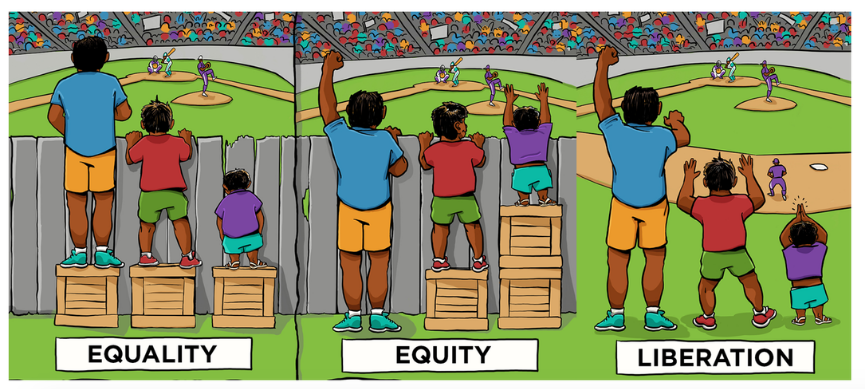“I have a dream. It’s a dream deeply rooted in the American dream…”
–Martin Luther King
I have a dream one day our sons and daughters with Down syndrome will be valued as equal members of their community. I have a dream teachers and principals will set high expectations for our children, realizing the value of inclusion with their typical peers.
I have a dream those typical peers will one day become employers and community leaders who provide adults with intellectual and developmental disabilities (I/DD) the opportunities they deserve to fulfill their true potential. That those typical peers will become caregivers, researchers, therapists and medical professionals who look at people with Down syndrome, not as a problem to be fixed or eliminated, but as a beautiful expression of humanity to be shared with the world.

Rev. Dr. Martin Luther King Jr. speaking. (Photo by Julian Wasser//Time Life Pictures/Getty Images)
On Monday January 15, 2018, we celebrated Martin Luther King’s birthday and were reminded of how the disability community faces similar struggles. Without downplaying the abhorrent past of slavery, there’s still a lot of connections to be made. Both movements are struggles for basic human rights: freedom, equality and justice.
The Civil Rights Act of 1964 woke up parents of children with disabilities. The public and their representatives in Congress began to understand how segregation and unequal educational opportunities were the anti-thesis to the American dream. Before the 1970s, many children with disabilities were not given the opportunity to attend school at all. As Congress was formulating the Individuals with Disabilities Education Act (IDEA) of 1975, there were 36 pending court cases over the rights of students with disabilities.
More than 30 years after the civil rights movements began, great progress has been made. The most abusive and neglectful institutions have closed their doors. Courts have expanded their interpretation of the 14th Amendment’s “equal protection clause” to include people of color and those with disabilities. Segregation has legally ended for both groups (including the Americans with Disabilities Act (ADA), Rehabilitation Act–including section 504, and IDEA for people with disabilities).

But we know, even though both groups have made great gains legally, they still face prejudice and exclusion. Only 17 percent of students with I/DD are included in a regular education classroom with supports for most of their school day. The Supreme Court recently ruled in Endrew F. that schools must provide a “more meaningful benefit” to students with disabilities, but some school districts and national organizations are interpreting this to mean students with the most significant disabilities must be segregated to earn this benefit. (Read more about this here).
The current political climate also provides barriers for continued forward progress. The Department of Justice just scrapped ADA guidance that promotes integrated work for people with disabilities. With unemployment for people with I/DD at 75 percent, this is a step backwards. We need more guidance, not less. (Read more about the rescinded ADA guidance here).
In many ways, it seems the civil rights movement for people with disabilities has stalled. But as one of my mentors says “advocacy is a marathon, not a sprint.”
Progress will continue! It will take tireless action from mothers, fathers and self-advocates. When our government and institutions waver in indecision about full inclusion for our loved ones, we must forge forward. So what can you do to advocate for someone with Down syndrome?
1. Advocate: learn about your student with Down syndrome’s rights by signing up for a webinar here, read online resources or order an advocacy book here, joining the Council of Parent Attorney’s and Advocates here, or the National Down Syndrome Advocacy Coalition (NDAC) here.
2. Think College: make it your child’s long-term IEP goal to go to college. There’s more than 260 college options for students with I/DD. Check it out here.
3. Donate: give to your local Down syndrome affiliate, or to a specific cause. Global Down Syndrome Foundation is raising money this year to create updated, evidence-based medical guidelines for adults with Down syndrome. Click here to find out more.
4. Legislate: support legislation to transition from sheltered workshops to integrated, competitive employment. Watch this video to learn more about the push to end of sub-minimum wages.
How do you feel about the state of disability rights? What do we need to do right now to continue moving forward?
Follow our journey of advocacy and inclusion at www.inclusionevolution.com.
We want to hear your story. Become a Mighty contributor here.

